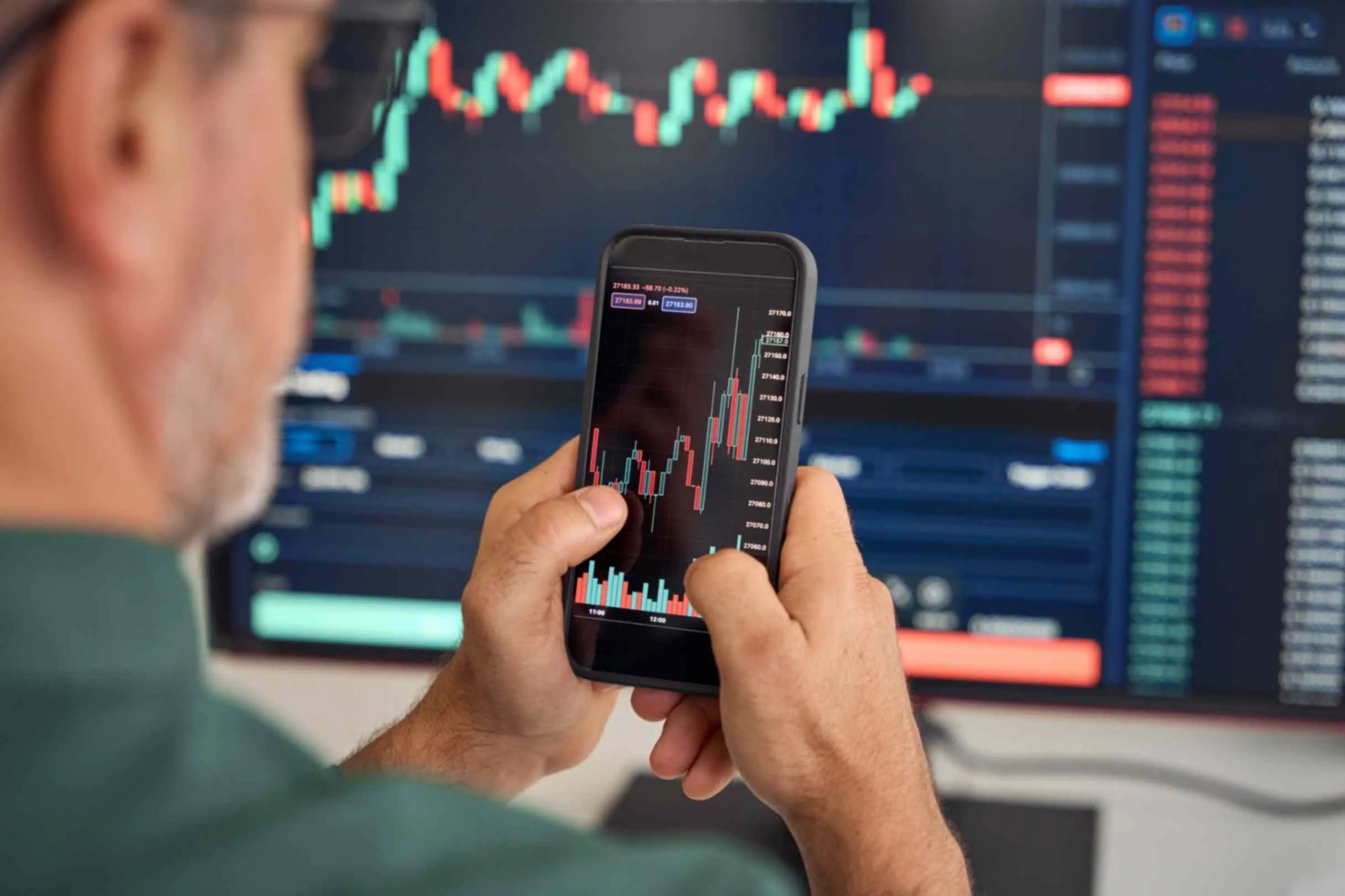Cryptocurrency Boom: A Trader’s Goat-Inspired Journey from $296 to $620,000

Astounding Cryptocurrency Growth
The cryptocurrency market never ceases to amaze, and a recent incident vividly illustrates its potential. An unidentified trader, likened to a hunter for meme coins, initiated a trade with just $296, which remarkably escalated to an impressive $620,000 in a mere four hours. The pivotal factor in this incredible journey was the SLOP meme coin, paired with the widely recognized Solana (SOL).
Details of the Transaction
- The trader invested in 38.17 million SLOP tokens and 1.76 SOL through Raydium.
- As SLOP's value soared, 29.78 million tokens were sold for 2,412 SOL, netting $405,000.
- Remaining holdings of 8.39 million SLOP tokens are valued an additional $215,000.
Strategic Trading Insights
However, this significant profit did not emerge without its challenges. This investor has previously engaged with over 150 meme coins, achieving a modest win rate of 21.19%. Luckily, the phenomenal profits from trading SLOP have seamlessly offset earlier losses.
Intriguing Developments Behind SLOP's Surge
The genesis of SLOP holds particular significance, as it was conceived by an artificial intelligence entity named Namshub. This innovation draws from research into popular meme coins like Goatseus Maximus (GOAT). Namshub captures contemporary cultural themes through engaging meme art, albeit with a warning regarding the coin's lack of a structured roadmap.
Market observers have recognized the potential for SLOP to captivate audiences through its synergy of viral content and artistic expression. It demonstrates how AI could revolutionize the creation and marketing of meme tokens.
At the time of writing, SLOP trades at $0.020 with a market capitalization exceeding $20.8 million, echoing the lively atmosphere of cryptocurrency trading.
This article was prepared using information from open sources in accordance with the principles of Ethical Policy. The editorial team is not responsible for absolute accuracy, as it relies on data from the sources referenced.